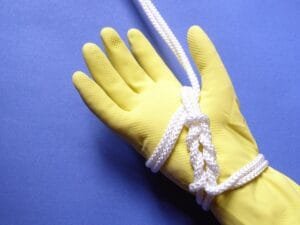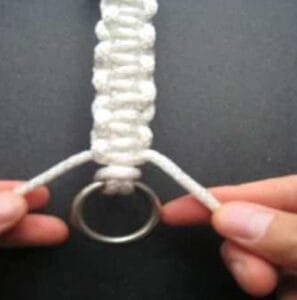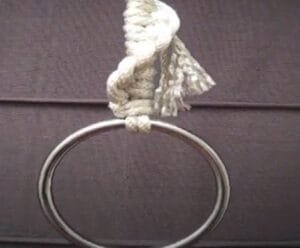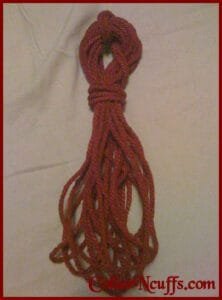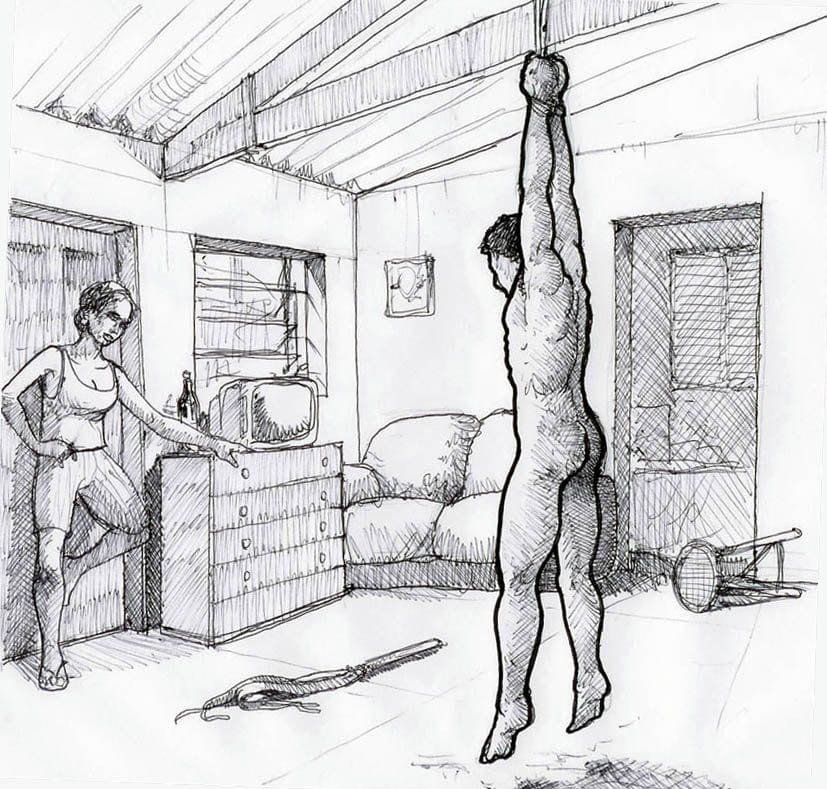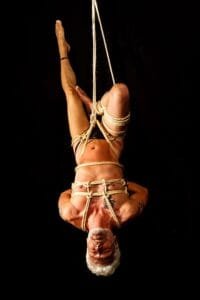Discover the fascinating world of bondage with our gentle introduction tailored for beginners. Explore the rich history of bondage practices, focusing on femdom techniques, while prioritizing safety. Learn essential safety tips, proper techniques, and the allure behind bondage experiences. This guide offers insights into the emotional trust and excitement involved, making it ideal for newcomers. Download our free 64-page PDF filled with expert tips and tricks to start your bondage journey safely and enjoyably.


